#biodiversity
Explore tagged Tumblr posts
Text

Behold the pocket-sized western pygmy possum! (Cercartetus concinnus). One of the world’s smallest possums, this species typically weighs just 0.5 oz (14 g)—the size of an AA battery. This dainty marsupial is a nectarivore, meaning that its diet consists primarily of plant nectar. It inhabits treetops in forests throughout parts of Australia, using its long prehensile tail like a fifth limb as it moves from branch to branch.
Photo: gilliank, CC BY-NC 4.0, iNaturalist
9K notes
·
View notes
Text
Living in Florida (or anywhere in the southeast USA tbh) and NOT being into birds is like walking into a giant banquet hall feast with every single most delicious food you could ever imagine laid out in front of you only for you to say “oh I’m not hungry” and walk out without taking a bite
9K notes
·
View notes
Text
"Morningside Park, a beloved neighborhood park in Miami with sweeping views of Biscayne Bay, will soon pilot an innovative approach to coastal resilience.
BIOCAP tiles, a 3D-printed modular system designed to support marine life and reduce wave impact along urban seawalls, will be installed on the existing seawall there in spring 2025. BIOCAP stands for Biodiversity Improvement by Optimizing Coastal Adaptation and Performance.
Developed by our team of architects and marine biologists at Florida International University, the uniquely textured prototype tiles are designed to test a new approach for helping cities such as Miami adapt to rising sea levels while simultaneously restoring ecological balance along their shorelines...
Ecological costs of traditional seawalls
Seawalls have long served as a primary defense against coastal erosion and storm surges. Typically constructed of concrete and ranging from 6 to 10 feet in height, they are built along shorelines to block waves from eroding the land and flooding nearby urban areas.
However, they often come at an ecological cost. Seawalls disrupt natural shoreline dynamics and can wipe out the complex habitat zones that marine life relies on.
Marine organisms are crucial in maintaining coastal water quality by filtering excess nutrients, pollutants and suspended particles. A single adult oyster can filter 20-50 gallons of water daily, removing nitrogen, phosphorus and solids that would otherwise fuel harmful algal blooms. These blooms deplete oxygen levels and damage marine ecosystems.
Filter-feeding organisms also reduce turbidity, which is the cloudiness of water caused by suspended sediment and particles. Less water turbidity means more light can penetrate, which benefits seagrasses that require sunlight for photosynthesis. These seagrasses convert carbon dioxide into oxygen and energy-rich sugars while providing essential food and habitat for diverse marine species.
Swirling shapes, shaded grooves

Unlike the flat, lifeless surfaces of typical concrete seawalls, each BIOCAP tile is designed with shaded grooves, crevices and small, water-holding pockets. These textured features mimic natural shoreline conditions and create tiny homes for barnacles, oysters, sponges and other marine organisms that filter and improve water quality.
The tile’s swirling surface patterns increase the overall surface area, offering more space for colonization. The shaded recesses are intended to help regulate temperature by providing cooler, more stable microenvironments. This thermal buffering can support marine life in the face of rising water temperatures and more frequent heat events driven by climate change.
Another potential benefit of the tiles is reducing the impact of waves.
When waves hit a natural shoreline, their energy is gradually absorbed by irregular surfaces, tide pools and vegetation. In contrast, when waves strike vertical concrete seawalls, the energy is reflected back into the water rather than absorbed. This wave reflection – the bouncing back of wave energy – can amplify wave action, increase erosion at the base of the wall and create more hazardous conditions during storms.
The textured surfaces of the BIOCAP tiles are designed to help diffuse wave energy by mimicking the natural dissipation found on undisturbed shorelines.
The design of BIOCAP takes cues from nature. The tile shapes are based on how water interacts with different surfaces at high tide and low tide. Concave tiles, which curve inward, and convex tiles, which curve outward, are installed at different levels along the seawall. The goal is to deflect waves away from the seawall, reduce direct impact and help minimize erosion and turbulence around the wall’s foundation.A
How we will measure success
After the BIOCAP tiles are installed, we plan to assess how the seawall redesign enhances biodiversity, improves water quality and reduces wave energy. This two-year pilot phase will help assess the long-term value of ecologically designed infrastructure.
To evaluate biodiversity, we will use underwater cameras to capture time-lapse imagery of the marine life that colonizes the tile surfaces. These observations will aid in documenting species diversity and habitat use over time...
In the coming year, we’ll be watching with hope as the new BIOCAP tiles begin to welcome marine life, offering a glimpse into how nature might reclaim and thrive along our urban shorelines.
#ocean#seawall#florida#miami#climate adaptation#coastline#united states#north america#biodiversity#waves#ocean waves#good news#hope
656 notes
·
View notes
Text
My wildlife and pollinator-friendly garden
Ribatejo, Portugal
margarida.sa.maia
#naturalisticgarden#naturalisticplanting#naturalisticplantingdesign#naturalisticlandscapedesign#wildlifefriendlygarden#wildlifefriendlygardening#ecologicalgardening#sustainablegardening#biodiversity#rewilding#perennials#pollinatorgarden#crazygarden#curators on tumblr#nature sounds
411 notes
·
View notes
Text
The Japanese flying squirrel is the cutest of them all

i think its my sacred obligation to tell yall about animals so just letting you know that apparently (according to inaturalist) theres 321 species of squirrels in the world. Yes three hundred twenty one
5K notes
·
View notes
Text
I need you all to appreciate how crazy it is to have watched the scimitar horned oryx go from a poster child for "it only exists in zoos" to merely endangered (not even critically endangered!) over my lifetime.
So many heroic people contributed ridiculous amounts of time and effort to make this captive breeding and reintroduction effort a success.
#conservation#biodiversity#good news#hope#reintroduction#endangered species#animal conservation#zoos prevent extinction#captive breeding#environment#positive news#positivity
3K notes
·
View notes
Text

Rotten Luck
#rural gothic#southern americana#southern goth aesthetic#southern gothic#southern aesthetic#southern girl#gothcore#goth aesthetic#gothic#ruralcore#rural aesthetic#rural landscape#rural photography#rural decay#rural america#rural life#rural#country gothic#desert#cactus#cacti#bats#big bend national park#biology#biodiversity#national park#nature#nature photography#naturecore#camping
3K notes
·
View notes
Text
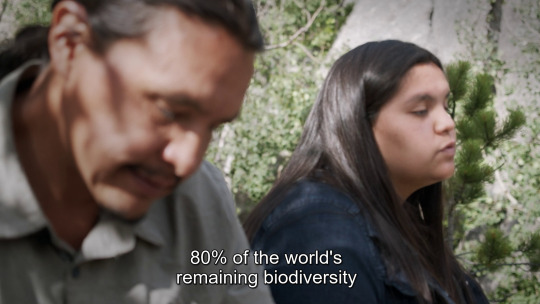
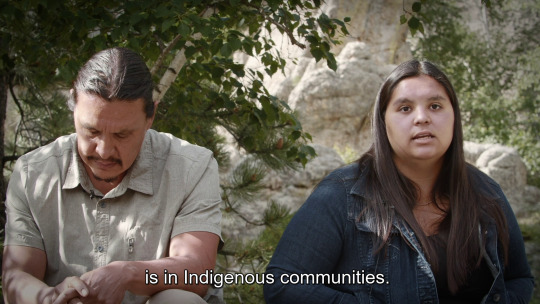

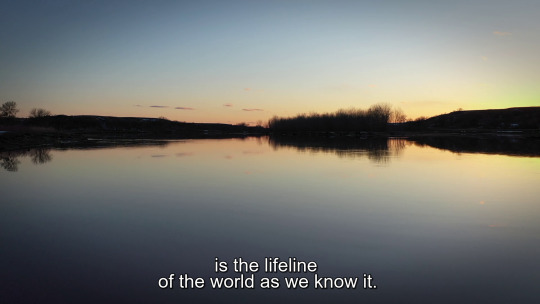
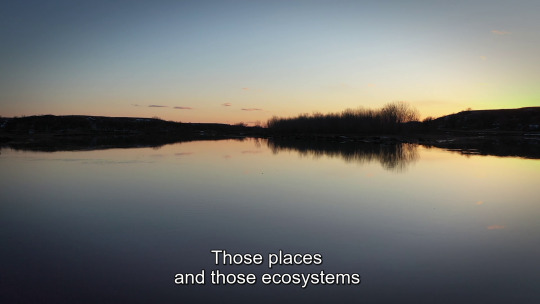
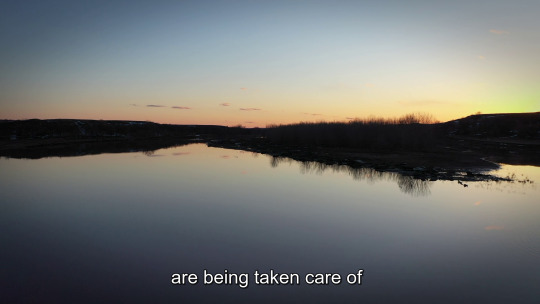



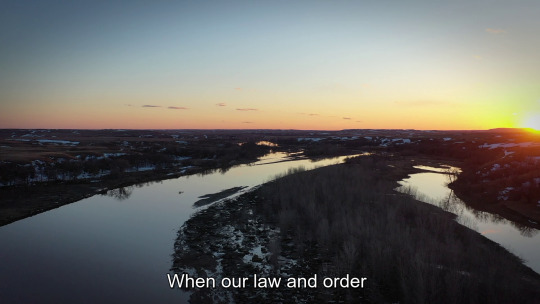
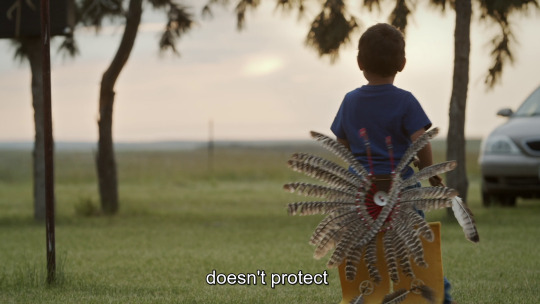
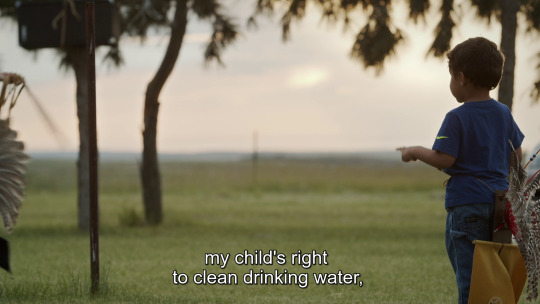

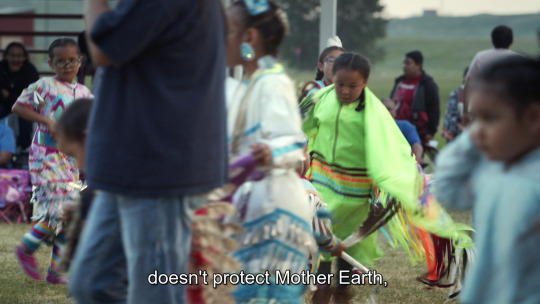
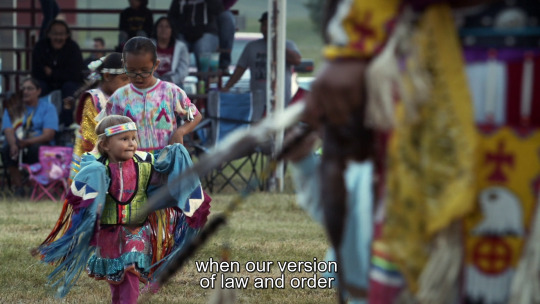
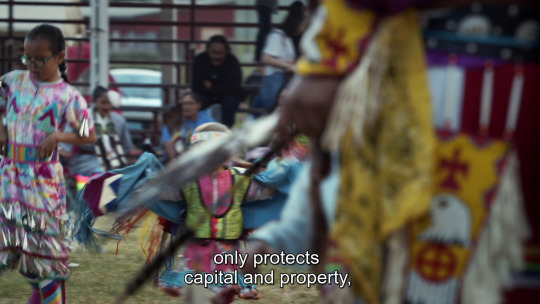

Chase Iron Eyes & Tokata Iron Eyes in Oyate (2022)
#native american#oglala lakota#dapl#indigineous people#indigenous#tokata iron eyes#chase iron eyes#biodiversity#dakota access pipeline
33K notes
·
View notes
Text
BY THE WAY you can get a print copy of the zine here.
This project is a smidge ($2k) over budget (honestly like most of my projects, I am a knucklehead), so when you buy the zine it helps Skype a Scientist do more projects like this!
I'll ship 'em out the week of May 5th when I get 'em from the printer :D
You can also support Skype a Scientist here!
Philly Biodiversity Zine is LIVE!
Happy Earth Day 2025!
I can finally share a project with you that has been a LONG time coming: The Philly Biodiversity Zine!
Download the zine here!

The goal of this project is to make taking action to protect our local wildlife easy and fun! Each page covers a different theme, like water management, native plants, climate change, and affecting change across your community. I cannot wait to pick up the printed copies and get them distributed!
This project is a collaboration between 6 Philly artists:
Nafeeza Hassan a Philly street artist and graphic designer.
El Toro a Philly street art legend, muralist, and graphic designer
Kait Waldman a Philly illustrator who focuses much of her work on animals
Jean Wei a Philly illustrator who makes SUPER cute illustrations
Sarah Beahm a ... ok, you're sensing a theme maybe, a Philly illustrator! Sarah's work often focuses on Philly iconography, especially our row homes!
and me! A... whatever the heck you call me. Science communicator and enthusiastic doodler, perhaps.
I put a call out on social media for artists back last summer and we've been slowly cooking on this project ever since! Each artist illustrated one spread in the zine, and I wrote the words (and illustrated the back cover).
This project was made possible thanks to generous seed funding from the Biederman Peterson family charitable fund! That donation allowed us to pay each of the artists and print the first 1000 zines. I was hoping to get a bit more funding so I could afford to print more, but unfortunately our grant application got rejected (this has been the theme of 2024 and 2025 unfortunately), so that slowed the process down by a few months. Bummer.
We hope to distribute 3000 zines across the city in the coming months. The printed copies should be ready for pickup in early May! Once they're in hand, I'll start distributing them through little free libraries, library branches, cafes, record shops, and anywhere else with the treasured "pile of free stuff" that the good cafes often have. If you'd like to help us print more, you can do that here!
Check out the zine and support this project so we can print more copies for kids in Philly here!
Hope you all love reading it as much as we loved making it :)
xoxo,
Sarah
73 notes
·
View notes
Text
Yo this rules and is genuinely uplifting
17K notes
·
View notes
Text



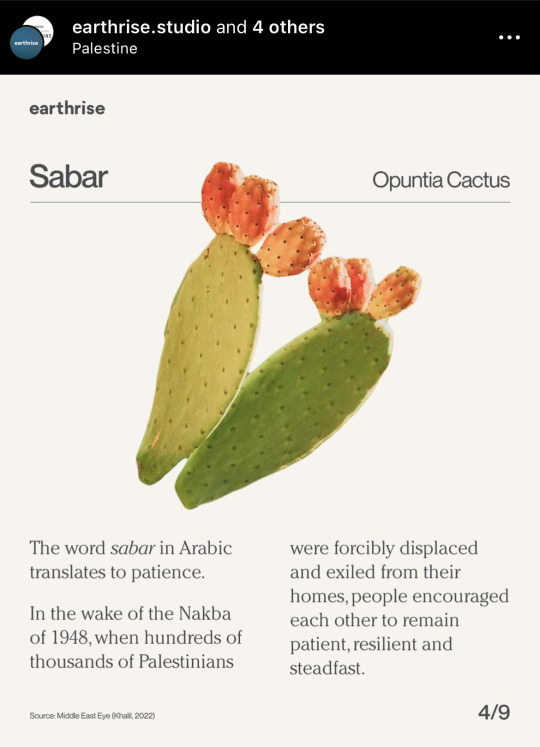
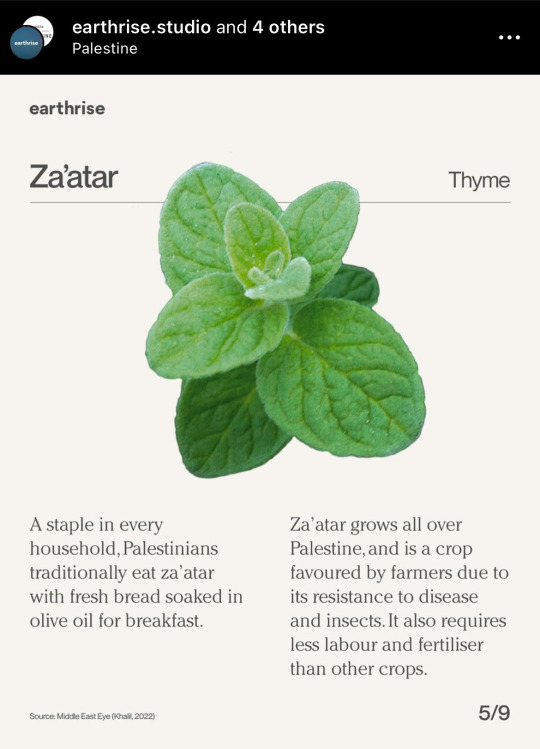
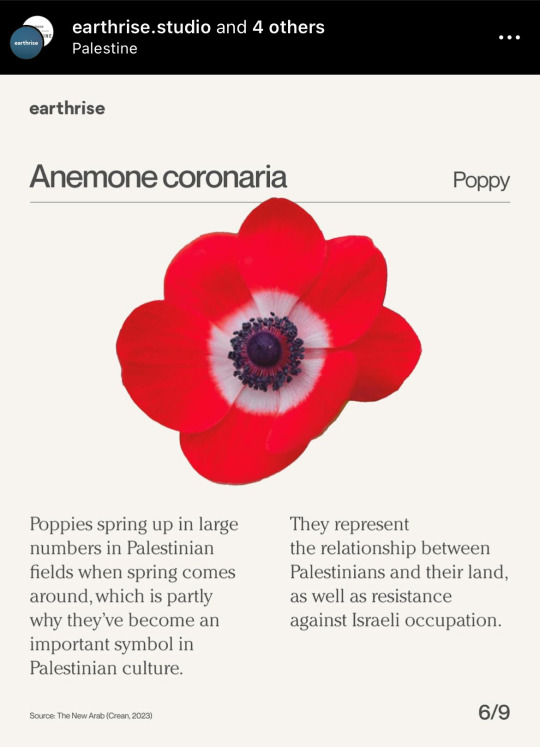

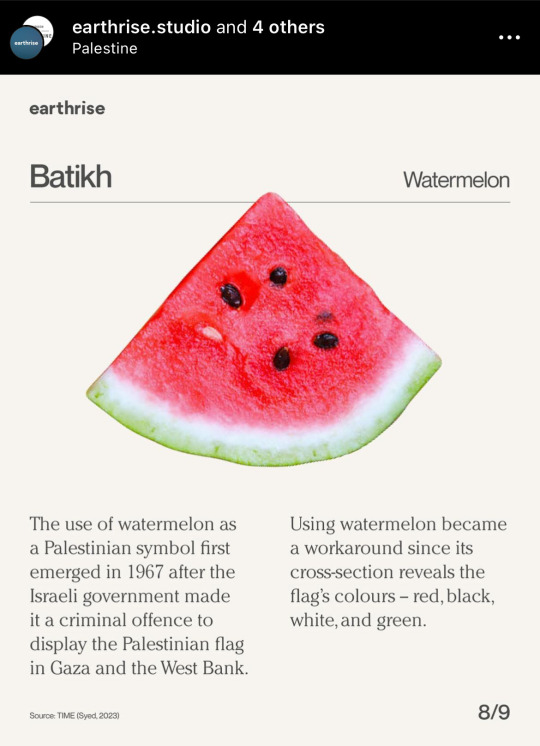

#free palestine#palestine#plants#biodiversity#environment#intersectional environmentalism#gaza#west bank#indigenous#resistance
13K notes
·
View notes
Text

Meow, it’s Caturday! Say “hello” to the clouded leopard (Neofelis nebulosa). It’s found across a range that spans Nepal through Southeast Asia and into China, but this stealthy animal is rarely seen in the wild. It’s a formidable hunter, with great tree-climbing and swimming abilities. Meals include primates, birds, and deer. Fun fact: This cat, which can open its mouth wider than any other, has the longest canine teeth relative to body size of any living felid—earning it the nickname of a “modern day saber-tooth!”
Photo: Charlie Marshall, CC BY 2.0, flickr
543 notes
·
View notes
Photo

🦅 Wild life of the world. v.2. London ;F. Warne and co., 1916.
2K notes
·
View notes
Text
"In 2021, scientists in Guelph, Ontario set out to accomplish something that had never been done before: open a lab specifically designed for raising bumble bees in captivity.
Now, three years later, the scientists at the Bumble Bee Conservation Lab are celebrating a huge milestone. Over the course of 2024, they successfully pulled off what was once deemed impossible and raised a generation of yellow-banded bumble bees.
The Bumble Bee Conservation Lab, which operates under the nonprofit Wildlife Preservation Canada, is the culmination of a decade-long mission to save the bee species, which is listed as endangered under the Xerces Society for Invertebrate Conservation...
Although the efforts have been in motion for over a decade, the lab itself is a recent development that has rapidly accelerated conservation efforts.
For bee scientists, the urgency was necessary.
“We could see the major declines happening rapidly in Canada’s native bumble bees and knew we had to act, not just talk about the problem, but do something practical and immediate,” Woolaver said.
Yellow-banded bumble bees, which live in southern Canada and across a huge swatch of the United States, were once a common species.

However, like many other bee species, their populations declined sharply in the mid-1990s from a litany of threats, including pathogens, pesticides, and dramatic habitat loss.
Since the turn of the century, scientists have plunged in to give bees a helping hand. But it was only in the last decade that Woolaver and his team “identified a major gap” in bumble bee conservation and set out to solve it.
“No one knew how to breed threatened species in captivity,” he explained. “This is critically important if assurance populations are needed to keep a species from going extinct and to assist with future reintroductions.”
To start their experiment, scientists hand-selected wild queen bees throughout Ontario and brought them to the temperature-controlled lab, where they were “treated like queens” and fed tiny balls of nectar and pollen.
Then, with the help of Ontario’s African Lion Safari theme park, the queens were brought out to small, outdoor enclosures and paired with other bees with the hope that mating would occur.
For some pairs, they had to play around with different environments to “set the mood,” swapping out spacious flight cages for cozier colony boxes.
And it worked.
“The two biggest success stories of 2024 were that we successfully bred our focal species, yellow-banded bumble bees, through their entire lifecycle for the first time,” Woolaver said.
“[And] the first successful overwintering of yellow-banded bumble bees last winter allowed us to establish our first lab generation, doubling our mating successes and significantly increasing the number of young queens for overwintering to wake early spring and start their own colonies for future generations and future reintroductions.”
Although the first-of-its-kind experiment required careful planning, consideration, resources, and a decade of research, Woolaver hopes that their efforts inspire others to help bees in backyards across North America.
“Be aware that our native bumble bees really are in serious decline,” Woolaver noted, “so when cottagers see bumble bees pollinating plants in their gardens, they really are seeing something special.”"
-via GoodGoodGood, December 9, 2024
#bees#insect#save the bees#xerces society#biodiversity#conservation#endangered species#wildlife conservation#canada#north america#climate action#climate news#good news#hope
6K notes
·
View notes
Text

Står stolt, akvarell, 26,5x36 cm Det här och mina två senaste inlägg är målningar av skogar som är anmälda för slutavverkning. Delar av dem är enligt Skogsstyrelsen skog med höga naturvärden och nyckelbiotop. Det finns fynd av rödlistade och fridlysta arter i de här skogarna. Nu riskerar de, precis som 80% av alla skogar som huggs ner i Sverige, att bli pappersmassa eller andra kortlivade produkter som bränns upp inom två år.
...
Standing tall, watercolour, 26,5x36 cm This and my two latest posts are paintings of forests that are notified for logging. Parts of them are defined as having high natural values and being a key biotope by the Swedish Forest Agency. There are findings of several redlisted and protected species in these forests. Now, like 80% of the forests that are cut down in Sweden, they risk being turned into paper pulp or some other short lived product that will be burned withing two years.
#skog#natur#skydda skogen#biologisk mångfald#akvarell#konst#forest#nature#protect the forest#biodiversity#art#watercolour#watercolor#watercolor painting#watercolor art#aquarelle#acuarela#aquarela#acquerello#ακουαρέλα#suluboya#akwarela#акварель#水彩#peace#petter brorson edh
3K notes
·
View notes